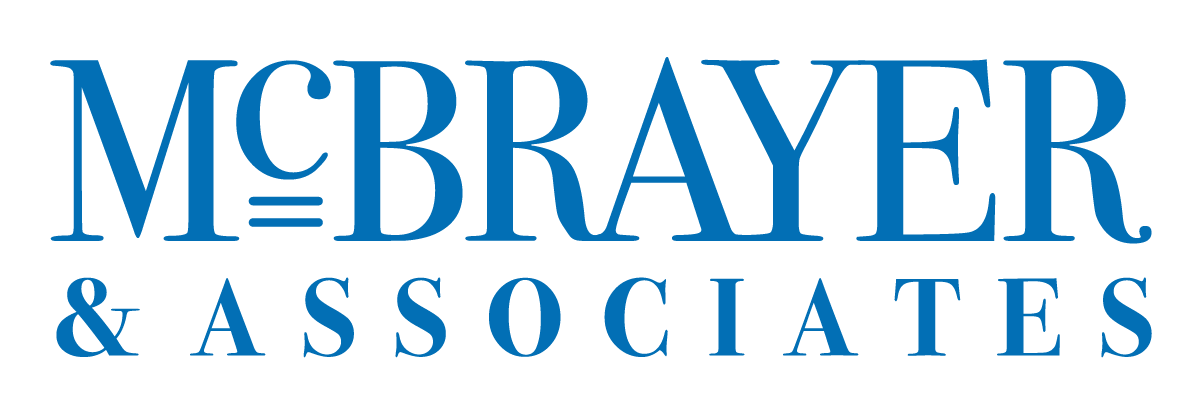How to Establish Credibility and Build Rapport in 22 Minutes

Your objective as a seller is to secure a business meeting with a very busy key influencer: your future buyer. To get their attention, and to occupy a portion of their valuable time, you need a valid business reason, and you need to let them know exactly how much of their time you intend to take.
22 minutes is perfect because it is easy to accommodate, precise enough that the buyer will know you know how long your meeting will actually take, and it’s enough time to establish credibility and create a relevant rapport.
Before the Meeting
Here’s what to do before those crucial 22 minutes.
1. Begin the relationship with your future buyer.
Before the buying process begins, the seller must build rapport—in order to do this, stop selling and start educating. This begins with the very first call to your prospect (link to “Get Your Most Important Business Meeting in Four Easy Steps”). People are always interested in one thing, themselves. In order to create rapport and establish credibility, your meeting needs to deliver a perceived value. They need to know before meeting with you that your business meeting is a worthwhile use of their time.
2. Develop an effective education-based briefing.
Our first tool of persuasion is the education-based briefing. This consists of the prospect’s market, their industry, and how their company compares. By including these researched variables, sellers will immediately get the prospect’s interest, establish themselves as credible authorities, and deliver the promised value.
Executing the 22 Minute Meeting
Here is what you should do with an education-based briefing during the meeting itself.
1. Educate the prospect. Do not push the product! It’s not time yet: right now, you are helping your key influencer by showing them the data on their industry.
2. Elaborate on market research. Do not push the features of your product! It’s not time yet: right now, you are detailing the lay of their field, their competitors, and their own company.
At this point, your prospects are probably most interested in answers to the following questions:
- Who are the players?
- What are the trends driving the market?
- What is important to my customer? (The buyer’s customer.)
3. Focus on the buyer. Do not push the benefits of your product! It’s not time yet: right now, you are focusing on your prospect’s needs and the business culture around their company and industry.
4. Create a dialogue, not a solution. If your prospect already knows all the things you are saying, that is okay. Not only are you establishing yourself as an authority in their field, but you will soon be able to ask questions about their company specifically, and they will want to answer them.
Conclusion
When you effectively open this dialogue between yourself and your prospect, you will establish credibility by keeping the 22-minute parameter. You will also build rapport by showing streamlined data in the education-based briefing, demonstrating that you are an authority in their field, that you’re offering the perceived value, and that your meeting has been worth their while.
